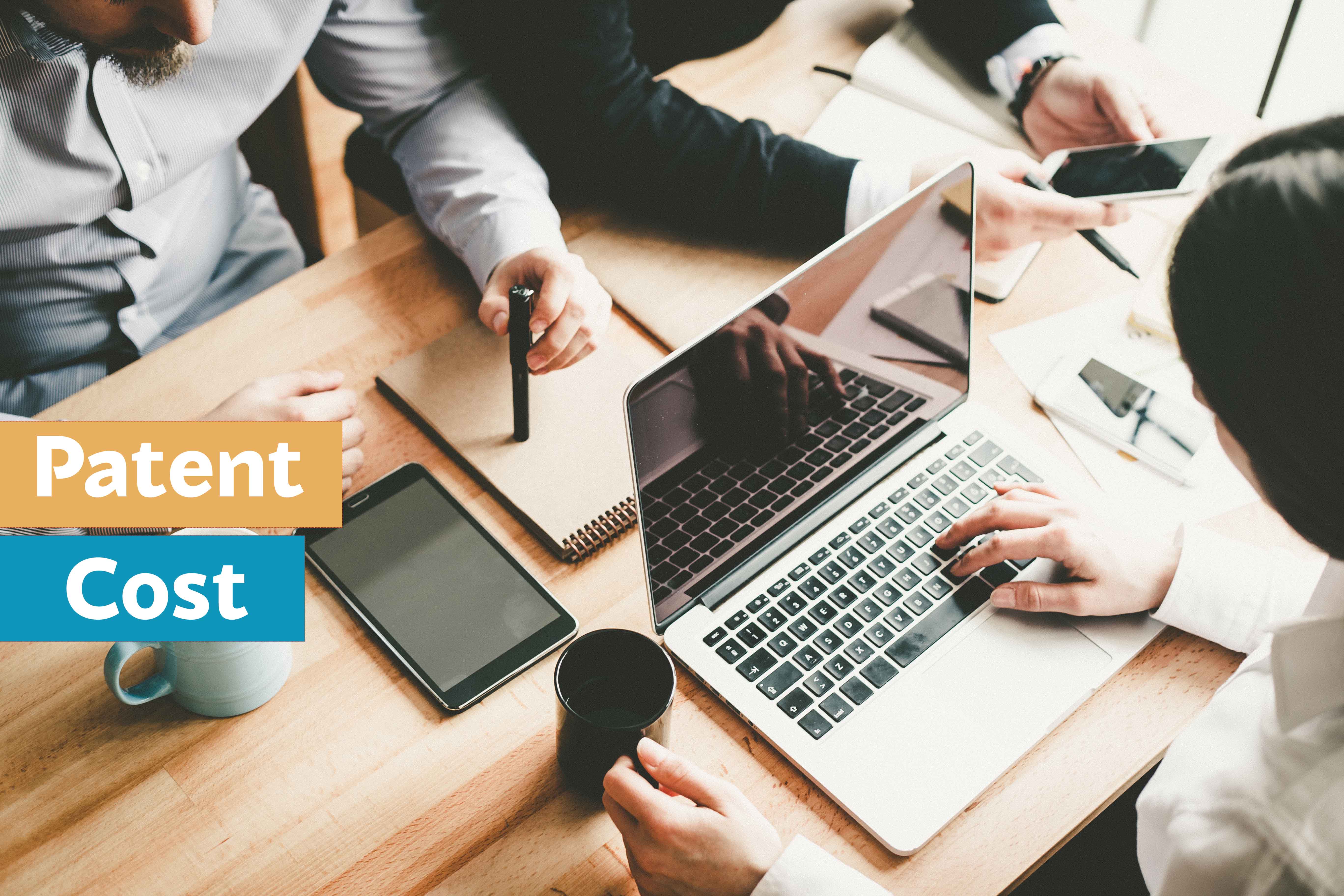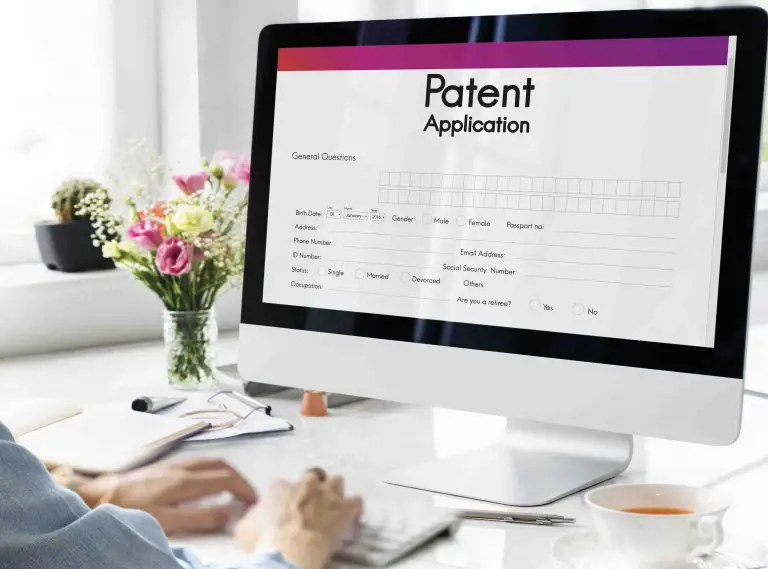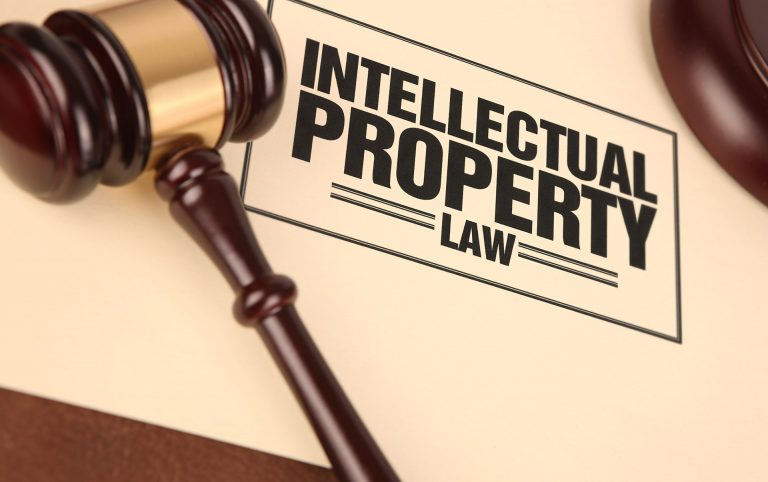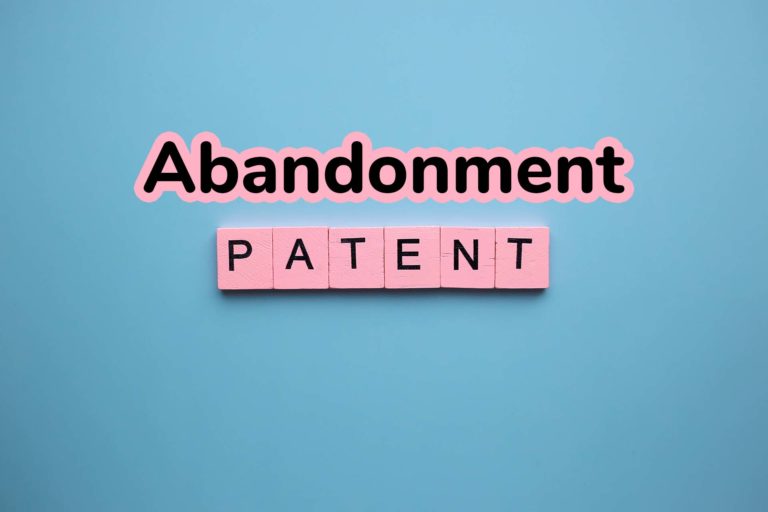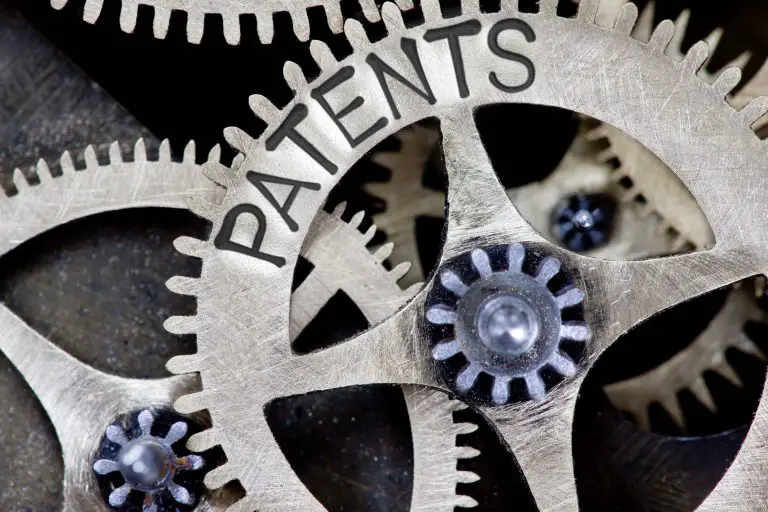How Much Does a Patent Cost?
If you’ve invented something new you’re probably wondering how much does it costs to patent it? If that’s you, you’ve come to the right spot because we will be discussing the costs associated with patenting your idea or invention. The cost of your patent will depend on the size of your business, as well as the complexity of your invention. We will give you a rough estimate as to how much patenting your invention will cost.
If you’re seeking to apply for a patent for your invention your idea, you need to consider the cost associated with applying for a patent, as well as the fees associated with revising your patent application, prosecuting it, issuance costs, and the maintenance costs associated with keeping your patent alive.
How Much does it Cost to Get a Patent?
The cost of patenting your invention varies greatly depending on the complexity of your invention. Patents can cost anywhere from $1000 to $10,000+ depending on the type of patent and the complexity of your invention. If you’re someone who wants to fill out the patent application and do it yourself, expect to spend around $1,000 just on filing fees alone. If you want the assistance of an attorney, expect to spend between $5,000 to $10,000+ on attorney’s fees for filing your patent application.
Here is a list of the filing fees you should expect to pay for your utility, design, or plant patent:
USPTO Patent Application Fees 2019
| Type of Cost | Micro Entity Fee | Small Entity Fee | Regular Fee |
|---|---|---|---|
| Utility Patent Filing Fee | $75 | $150 | $300 |
| Design Patent Filing Fee | $50 | $100 | $200 |
| Plant Patent Filing Fee | $50 | $100 | $200 |
| Provisional Application Filing Fee | $70 | $140 | $280 |
| Utility Patent Search Fee | $165 | $330 | $660 |
| Utility Patent Examination Fees | $190 | $380 | $760 |
| Utility Patent Issue Fee | $250 | $500 | $1,000 |
| Design Patent Issue Fee | $175 | $350 | $700 |
| Plant Patent Issue Fee | $200 | $400 | $800 |
Now that we have covered the USPTO filing fees, you should know that you will have lawyer fees if you choose to have an attorney file your patent application, as well as drawing fees that you’ll have to pay.
Here are some examples of how much it will cost to have an attorney file your non-provisional (regular) patent application:
Attorney Fees for Regular Patent Applications
| Type of Patent | Cost | Suitable For |
|---|---|---|
| Utility Patent | $5,000 to $15,000 | Protection of a tangible product or thing |
| Design Patent | $2,500 to $3,500 | Protection of the aesthetics or appearance of a functional item |
| Provisional Patent | $1,500 to $3,000 | Gives you patent pending status while you develop your invention of prepare a non-provisional patent application |
| Plant Patent | $4,500 to $8,000 | Protection for new types of asexually reproduced plants |
| Software Patent | $15,000+ | Protection for new software |
Please note that the fees you pay for your patent application may vary greatly depending on the complexity of your invention and your geographic location. Use these figures as a rough guide.
Patent Application Cost
Applying for a patent and prosecuting can be a costly process. The filing fees associated with a patent are a small part of the total cost to receive a patent. The table above gives you a good idea of how much you’ll need to spending on filing fees.
Most of the patents that are filed with the USPTO are utility patents. Most of the cost associated with applying for a utility patent is the cost of paying an attorney to prepare the patent application.
Simple inventions usually cost a few thousand dollars while more complex inventions can end up costing tens of thousands of dollars.
If you are a single inventor and you have an invention that you want to patent, expect to spend $1,000 in filing fees and around $5,000 for an attorney to properly, and completely fill out your patent application. Please note that these fees will vary depending on the complexity of your invention.
In some circumstances, your attorney may need to communicate and negotiate your patent application with the USPTO. These cost of these negotiations and communications are costs you’ll have to bear in addition to the fees associated with filing your patent application.
Responses by your attorney to the patent office can easily exceed a thousand dollars and you have to take into account that the patent office may reject your application several times before finally granting your patent. So, how do you reduce the costs associated with your patent application? You can choose the do-it-yourself route and try to manage things yourself. Read more below if you want to do it yourself.
Utility Patent Cost
Utility patents protect new, useful products, processes, machines, or improvements of them. Utility patents can cost from $5,000 to $15,000+, this cost includes attorney fees and maintenance fees. Here is the cost breakdown:
- USPTO Filing Fees: $75 – $300
- USPTO Search Fees: $165 – $660
- USPTO Examination Fees: $190 – $760
- USPTO Issue Fee: $250 – $1,000
- Patent Maintenance Fees: $400 to $7,400
- Attorney Fees: $3,000 to $10,000+
Utility parents are expensive because they have to include a detailed description of how the invention works. That said, utility patents are very important if you want to prevent others from using, selling, or importing your product or invention.
A big chunk of the cost associated with utility patents comes from the maintenance fees that have to be paid to keep your patent registration active. If you do not make maintenance payments on time, you will lose your patent.
Design Patent Cost
Design patents protect the aesthetics or ornamental design of a function item. For example, Coke has a patented the design of its Coca Cola Bottles. Generally, design patents costs anywhere between $2,500 to $3,500. These figures includes filing fees and attorney fees. Design patents last for 15 years from the date your design patent is granted. Here is the cost breakdown of a design patent:
- USPTO Filing Fees: $50 – $200
- USPTO Search Fees: $40 – $160
- USPTO Examination Fees: $150 – $600
- USPTO Issue Fee: $175 – $700
- Maintenance Fees: Not Applicable to Design Patents
- Attorney Fees: $1,500 – $3,500
Design patents applications are much easier to complete than utility patent applications. Utility patent applications must include drawings that illustrate the aesthetic or ornamental design that you’re seeking to protect. Since they are less complicated than utility patents, they cost considerably less.
So if you have a unique design or shape of an invention that you want to protect, design patents are the way to go.
Plant Patent Cost
The USPTO allows inventors to patent new plant species that are asexually reproduced. The average cost of obtaining a plant patent ranges between $4,000 to $8,000, which includes filing fees, as well as attorneys fees. Plant patents last for 20 years from the date your field your patent application. Here is the cost breakdown for a plant patent:
- USPTO Filing Fees: $50 – $200
- USPTO Search Fees: $105- $420
- USPTO Examination Fees: $155- $620
- USPTO Issue Fee: $200 – $800
- Maintenance Fees: Not Applicable to Plant Patents
- Attorney Fees: $4,000 – $6,500+
Plant patents are the least sought after type of patent, making up less than 1% of all patent applications, but they could prove to be valuable to someone who has discovered a rare type of asexually reproduced plant.
Provisional Patent Cost
Provisional patents are sought by inventors to give their invention patent pending status to attract new investors. Sometimes inventors choose provisional patent application to reserve their priority date while they work on or perfect their invention. Here is the cost breakdown associated with provisional patent applications:
- USPTO Filing Fees: $70 – $280
- USPTO Search Fees: Not Applicable
- USPTO Examination Fees: Not Applicable
- USPTO Issue Fee: Not Applicable
- Maintenance Fees: Not Applicable
- Attorney Fees: $1,000 – $3,000
Provisional patents last for 12 months after which a non-provisional patent application needs to be filed for it to mature into an issued patent. If you don’t file a nonprovisional patent application, your provisional patent will expire and you will lose your patent pending status.
Average Cost of a Patent
As you now know the average cost of a patent depends on the type of patent you’re applying for and the complexity of your invention. If you apply for a patent yourself you can save some money and we will give you some tips on filing a patent application on your own.
That said, we all agree that patents are expensive (often hundreds to thousands of dollars) but you usually get what you pay for. To make sure you get the best patent possible, spending some time doing research and apply for the correct patent. There are many tools out there that will allow you to perform searches of prior patent so that you know you’re the first to patent your invention.
Filing a Patent Application Yourself (Getting a Patent on Your Own)
We personally know a few inventors who have successfully patented their inventions on their own. The law requires the United States Patent and Trademark Office (USPTO) to help inventors who are applying for a patent without the help of an attorney.
Filing your own patent application could cost a lot less than seeking an attorney’s help, but know that it involves a lot of work and you won’t have an experienced individual navigating the waters with you.
Before filing a patent application, you should do some research to find out if your idea or invention qualifies for a patent. Once you’ve determined that you have a patentable invention, fill out the application and make sure to follow the rules very closely.
A single mistake could cause a patent examiner to reject your application, costing you more time and money. There is a large number of minor mistakes that you could make that could get your application rejected, so be diligent and pay close attention to detail. Diligence and attention to detail will save you plenty of time and money down the road.
Here are some of the steps that you can follow to patent your idea or invention:
1) Keep a Record of Your Invention
Record every step that you take while you’re in the process of inventing. Describe the functional aspects of your invention and every modification you make. You will also want to notate how you came up with the idea for the invention. If you have the resources, create and test a prototype of your invention. Document all of your efforts and the steps you took to make your invention work the way its supposed to.
2) Ensure that your Invention Qualifies for Patent Protection
There are some requirements that you will have to satisfy to patent your invention. You will have to show that your invention (1) has patentable subject matter, (2) it has a useful purpose, (3) it’s new, and (4) your invention must not be obvious.
To meet the novel (new) requirement, your invention has to be different from all of the previous inventions in your field. Conducting a patent search to see if anyone has already patented your idea could save you time and money in trying to patent something that already exists because the patent examiner will reject it and unfortunately the filing fees you paid are not refundable.
3) Gauge the Commercial Success of your Invention
Doing some research to determine whether there is a market for your invention is something you should do before patenting your invention. Even if you are filing your patent application on your own, filing fees alone could cost hundred and even thousands of dollars.
The patent office may make rejections and you may have to communicate with the patent examiner and make modifications to your patent application, this all costs money, so just keep that in mind before you file your patent application.
4) Conduct a Thorough Search of Prior Art
Before applying for a patent, you should make sure that your invention is new and nothing like it exists. To do so, you must search prior art by searching U.S patents and scientific sources to find related inventions.
This part of the process is very time consuming, but at the end of a proper prior arts search, you’ll have a good idea if your invention is new and deserves patent protection.
If you search comes up with inventions that are similar to your, you should show how your invention is different from them or how it improves upon them.
5) Prepare and File Your Patent Application with the USPTO
Once you have completed all the necessary research, you will find two types of patent applications. Provisional application and a nonprovisional (regular) application. Provisional patent applications expire after 12 months and are not examined by the USPTO.
The non-provisional application is the full fledged patent application that can mature into a patent. But some inventors choose to file provisional patent applications to add “patent pending” to their products to make them more attractive to investors.
How to Reduce the Cost of a Patent?
We will explore some great ways to reduce the cost of patenting your invention. You can reduce the costs associated with patenting by doing some of the legwork on your own, even before you approach an attorney to help you out. Here are some of the ways you can reduce your costs:
- First Draft. Create the first draft of your patent application. This can reduce the amount of time an attorney spends on your application
- Complete Your Invention. Before submitting a patent application, complete your invention. Finalizing your invention’s details will help your attorney understand it quicker. The less time your attorney spends on your application, the less you have to pay them.
- Detailed Explanation. Write down all of the details of your invention and explain them as clearly as possible to your attorney as this will reduce the time your attorney has to work on explaining your invention in the application.
- File a Provisional Application. If you do not have the money to file a regular nonprovisional patent application, you can file a provisional application. This will save you money in the short term, but remember that you will have a year to file the regular application.
Example of Costs for a Patent
We have covered so much information as to how much patents cost that things may have become a little confusing. If you are a small inventor who wants to patent his new invention, here are is an example of the costs you may encounter:
- Patent Search by an attorney: $2,000
- Filling out and preparing a provisional patent application: $2,500
- Filing the patent application with the USPTO: $140
- Non-provisional patent application after a provisional patent application: $10,000
- Filing Fee for the non-provisional patent application: $150
- Illustrations for non-provisional patent application: $500
- Total Cost: $15,290
Cost of a Patent
Hopefully this article did a good job at explaining the costs associated with patenting your invention. We covered the cost of a utility patent, design patent, plant patents, and a provisional patent. If you have any general questions or comments about how much a patent costs, please feel free to leave them in the comments section below.

